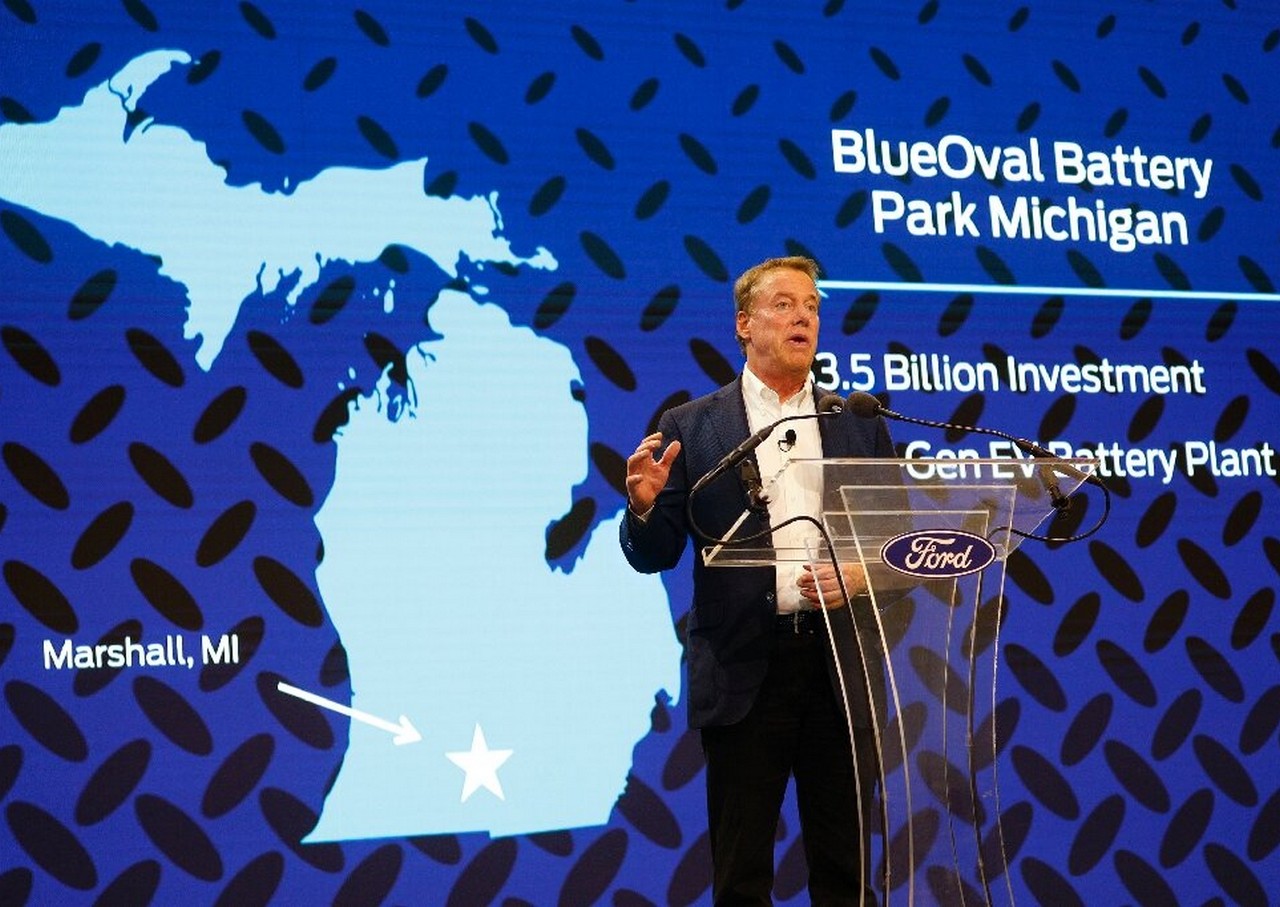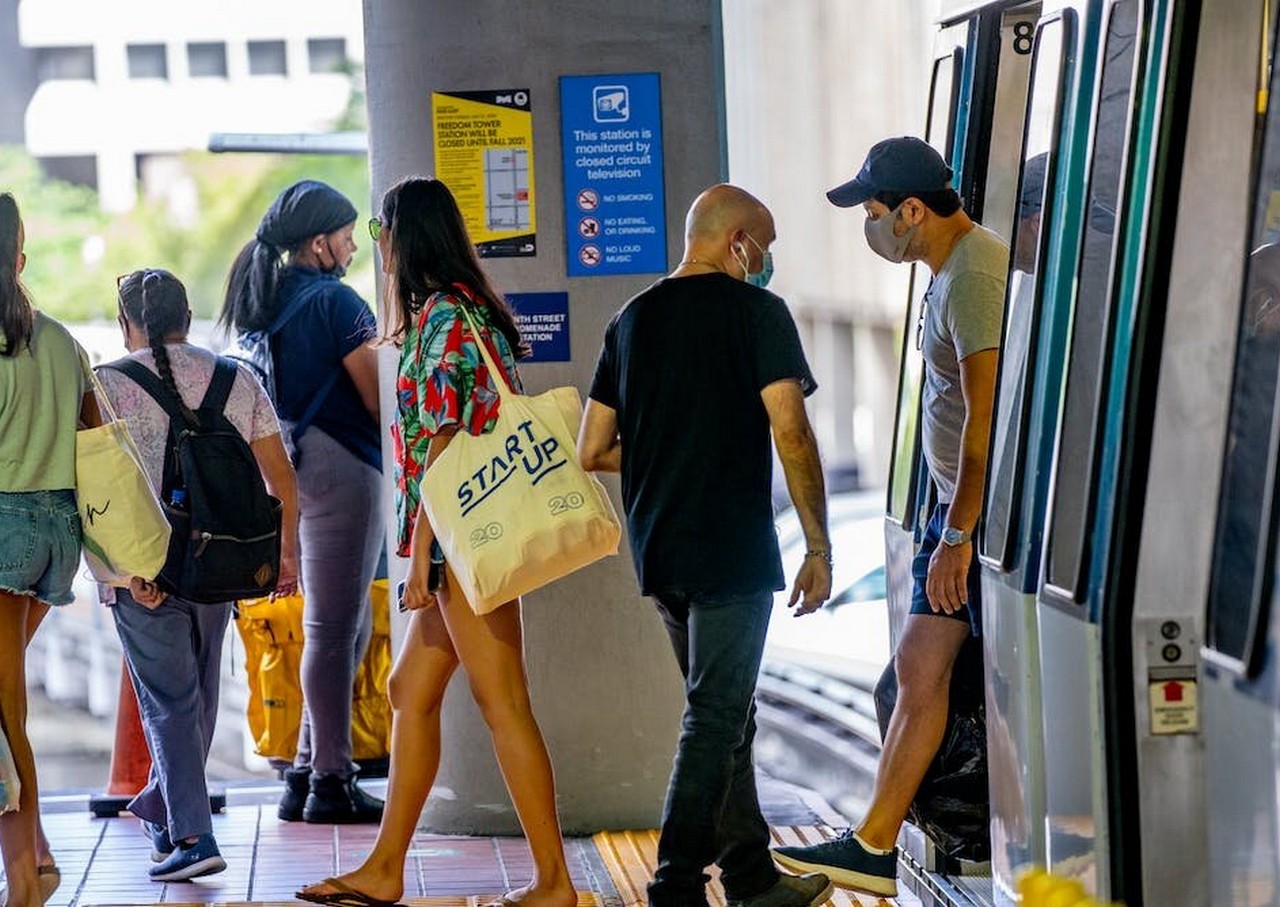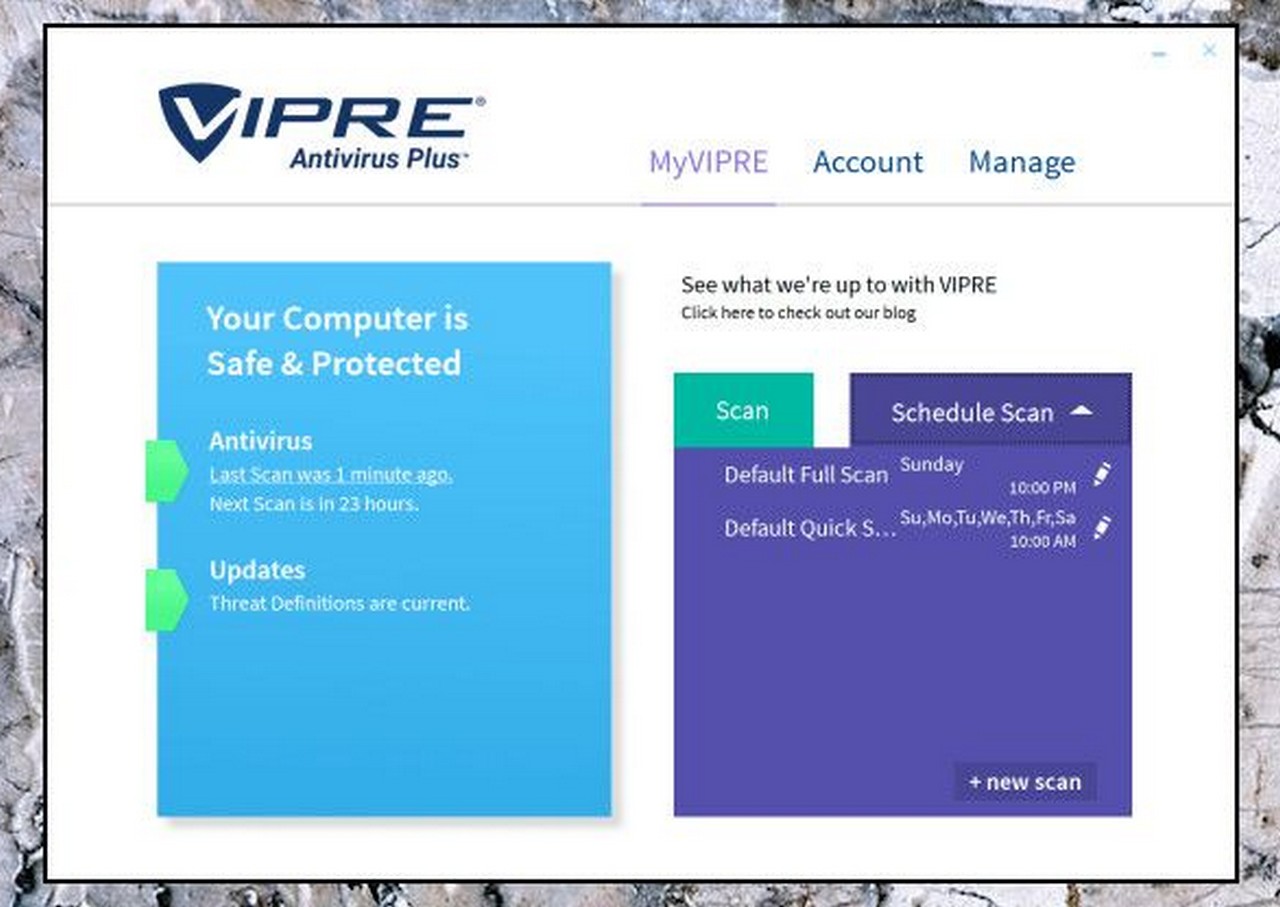Why do Uber, Lyft, Didi, OLA and different ride-sharing firms wish to associate with public transport companies? For Uber and Lyft, the reason being easy: their enterprise plans had been primarily based on finally utilizing driverless automobiles to eradicate their major price, the labor price of the driving force. However human drivers will not get replaced for a while.
Whereas many of those firms have raised lots of money from enterprise capitalists, they’re burning although it at an alarming charge. Uber made a lack of US$8.8 billion in 2022. Lyft, Uber’s major competitor in america, misplaced US$1.28 billion.
These firms, collectively often called transportation community firms (TNCs), have two choices to turn into worthwhile. They should improve how a lot they cost for his or her providers, or discover different income streams. So most have ventured into e-bikes and e-scooters, meals and freight supply and public transport.
Uber goals to turn into the “Amazon of transportation” by making a one-stop platform for all transport providers—often called mobility as a service (MaaS). Its transfer into public transport is a pure development.
Uber added trains, buses, planes and automotive leases to its UK app final April. Whereas it is not offering these providers, the goal is to associate with different transport suppliers so prospects can use the Uber app to purchase tickets. If this service succeeds, Uber intends to broaden it to different nations.
There are greater than 4 trillion passenger miles taken on public transport yearly. Given this quantity, surprisingly few public transport companies become profitable. One of many few is in Hong Kong, because of the operator creating the big quantity of property it owns round its stations.
Public transport is sponsored as a result of it’s important for our cities; they could not operate if everybody used a automotive to get round.
So how do ride-sharing firms suppose they’ll become profitable by getting concerned in public transport? Do they know one thing they are not revealing?
How widespread are these partnerships?
By 2019 Uber had about 20 such agreements and Lyft about 50. Neither firm has disclosed whether or not the variety of agreements has elevated or decreased within the post-COVID setting.
Uber’s 2021 report, In direction of a New Mannequin of Public Transportation, identifies 4 major areas of co-operation with public transport companies.
The most typical is the combination of public transport info into the TNC app. Uber has carried out this on a restricted scale, together with Sydney the place its app has offered public transport info since mid-2019.
The second commonest space of co-operation includes offering first mile, final mile transport—transferring a commuter between a public transport cease and their residence or vacation spot—or offering transport in areas with low public transport frequency. Dallas, in 2015, was the primary metropolis to subsidize quick shared Uber rides to and from a prepare station. Dallas transport officers mentioned it price US$15 per rider on considered one of their buses, however solely US$5 per rider with Uber.
The third space is enabling customers to purchase public transport tickets on their Uber app. The primary of only a few working examples was in Denver in 2019, adopted by Las Vegas in January 2020. A 12 months later a consortium of 13 small transit companies in Ohio and northern Kentucky was added to this Uber characteristic.
The fourth space is as an alternative choice to public transport. Up to now there is just one instance—in Innisfil, Ontario. Innisfil had no public transport, however wanted a service for its rising inhabitants. The city engaged Uber to supply a bus service. Inside a 12 months it was carrying about 8,000 passengers a month.
What’s stopping extra public transport offers?
Are such partnerships a good suggestion? Whereas there are some advocates amongst public transport officers, many others stay skeptical. Their causes embody:
-
ride-sharing reduces public transport patronage
-
considerations about whether or not these firms wish to cooperate or divert riders
-
engaging individuals from public transport to ride-share automobiles has elevated visitors congestion
-
these firms traditionally haven’t shared their information
-
the companies do not wish to turn into dependent upon firms whose monetary viability is questionable—how can they become profitable and proceed this cooperation when public transport companies can not?
So why do some public transport companies join?
What’s the motivation for public transport companies co-operating with these firms? For giant public transport companies it is about enhancing operations associated to:
-
growing public transport use by subsidizing rides to and from commuter rail, bus and tram stations
-
late-hours providers when it’s costly to run routes, or to supply providers the place public transport routes are usually not working
-
elevated mobility attributable to having a number of transport choices
-
paratransit, a complement to public transport that gives individualized rides with out fastened schedules or routes, which is expensive for public transport companies as a result of they lack automobiles of the proper dimension and the power to reply effectively to demand.
Nevertheless, most of those partnerships might be present in smaller cities. It is because small enhancements—similar to ride-sharing changing a low-use bus route—can have a major affect on their budgets.
One other development rising from the pandemic is that public transport companies are rethinking how they function and the way they’ll enhance providers. Whereas some have partnered with transportation community firms, different have determined to implement TNC-like providers in home in an effort to extend ridership.
Whereas issues had been evolving quickly earlier than the pandemic, progress slowed attributable to lockdowns and extra individuals working from residence. How these firms will fare in a post-COVID setting remains to be unclear, together with whether or not vacationers will use them as an alternative choice to some public transport providers, significantly on low-frequency routes and for first mile, final mile journeys.
The businesses have indicated the purpose of those partnerships is to get individuals out of their vehicles. If they’ll make it simpler for individuals to make use of public transport, then it’s good for these firms as a result of individuals would possibly purchase fewer vehicles and use extra of their providers sooner or later.
Offered by
The Dialog







